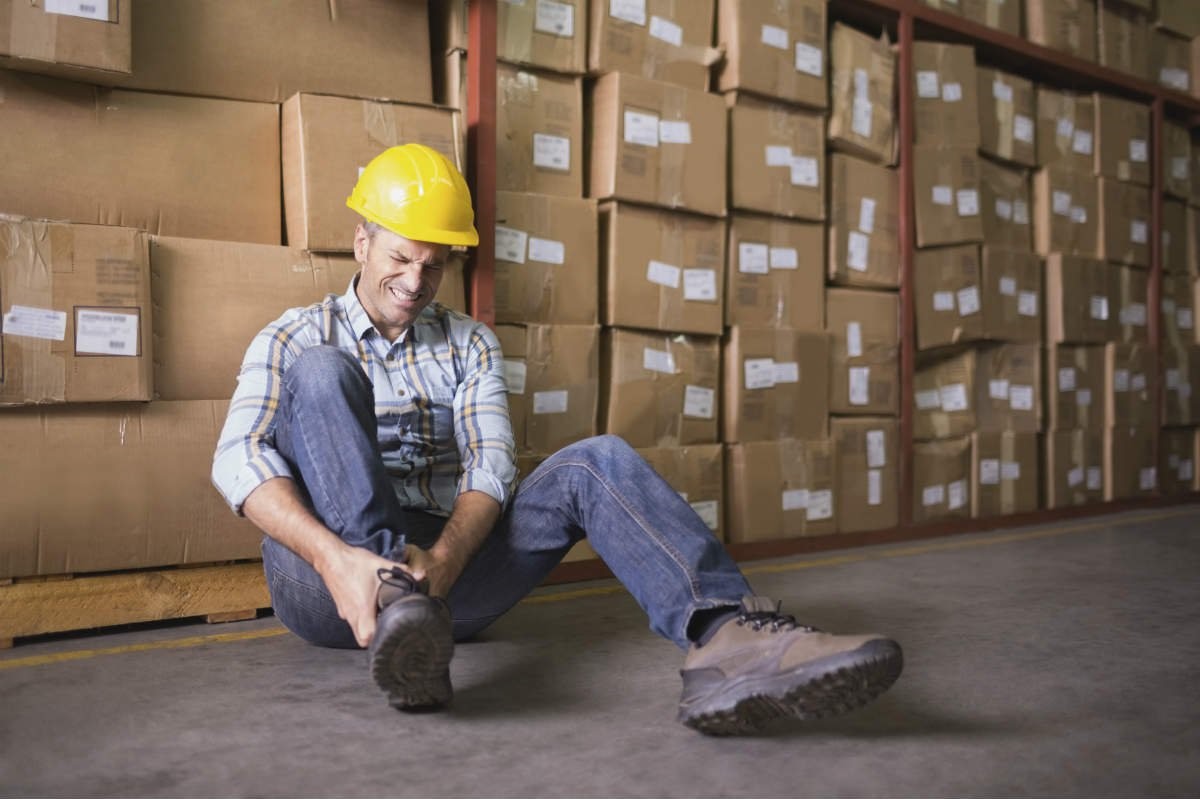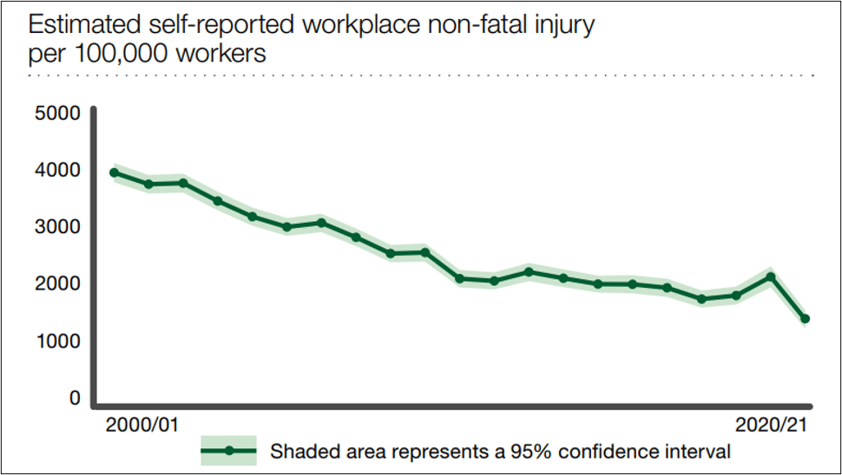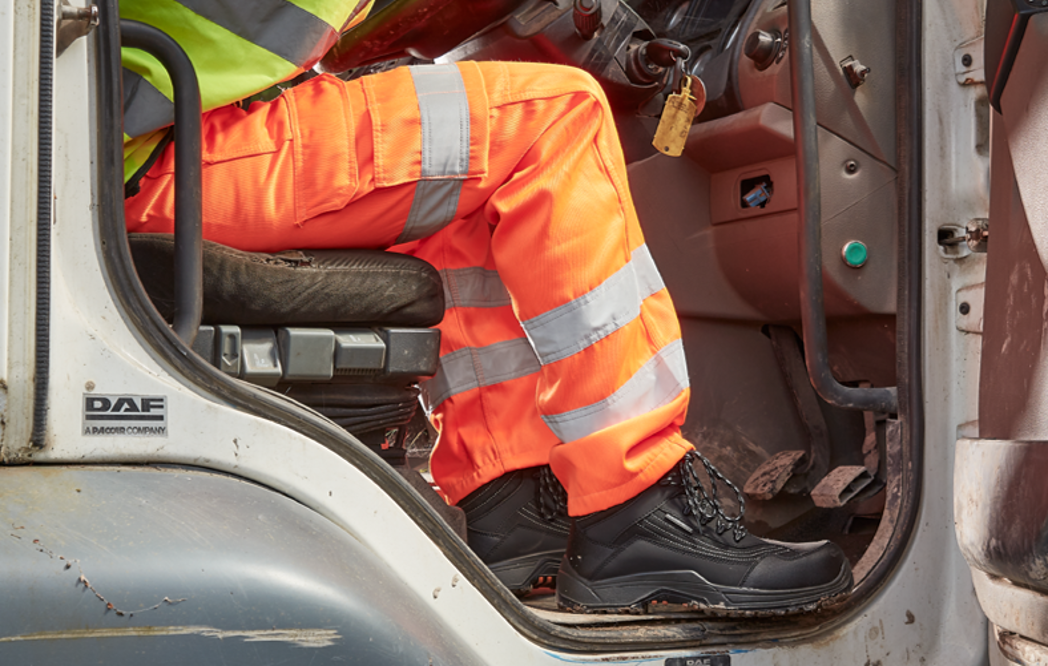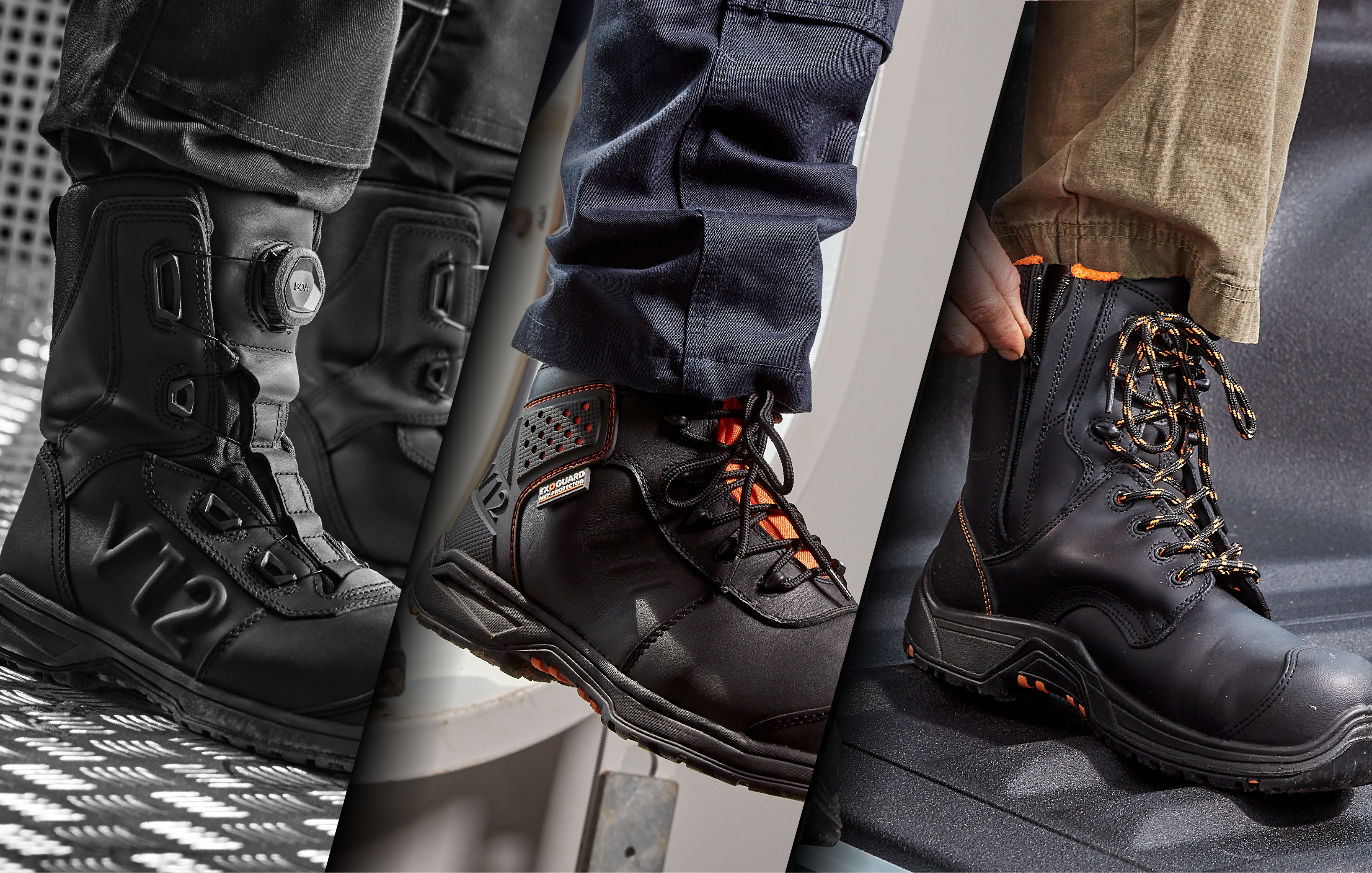This blog will be useful for those entering an industry where safety and protection is vital, particularly students and apprentices. However, the details in this piece will be relevant for everyone in these sectors, because good safety principles never stop being important. As well as practical guidance, we examine some eye-opening safety statistics, and focus on the crucial role that attitude plays in preventing workplace accidents.
Firstly - let's be honest. A lot of people think safety is boring.
And to a certain extent, those people are right. It is boring.
Until you have an accident.
We all know safety is important. It’s one of the first things we learn and one of the most consistently reinforced things when we’re taught by our parents, guardians and teachers. Safety first. Better safe than sorry. Be on the safe side. We’ve heard these phrases hundreds of times before, and we’ll hear them countless times again.
Yet every year in the workplace, thousands of preventable accidents still occur in Great Britain - a reminder that in spite of our knowledge of the importance of health and safety, there's still a lot of progress to be made when it comes to staying safe.
And in safety-critical, high-hazard industries such as construction or agriculture – the two industries that according to HSE statistics accounted for the most amount of deaths in 2021 – taking safety seriously becomes even more essential.
THE FACTS
Sometimes to remind ourselves of the importance of safety, we need to look at hard facts. If you’re thinking of entering an industry where safety is a significant factor, do yourself a favour and read these HSE statistics.
Safety stop: did you know?
- 441,000 workers sustained a non-fatal injury according to the Labour Force Survey in 2020/21
- 102,000 of those injuries resulted in a period of absence which was over 7 days
- In 2021/22, 29 fatal injuries were falls from a height - accounting for 24% of all worker deaths over the year
- 142 workers were killed at work in Great Britain in 2020/21 compared to 111 in 2019/20 – an increase of 28%
WHAT CAUSES AN ACCIDENT AT WORK?
Accidents occur due to a variety of factors. Some of them relate to the responsibility of the employer such as providing health and safety training and ensuring access to correct, appropriate PPE. Other hazard-related factors are unpredictable and difficult to control such as the weather. Finally, human error such as fatigue and rushing also contribute toward accidents.
SAFETY IS AN ATTITUDE
According to Basic Safe, ‘close to 90 percent of all workplace injuries are caused by the worker’s own unsafe actions.’
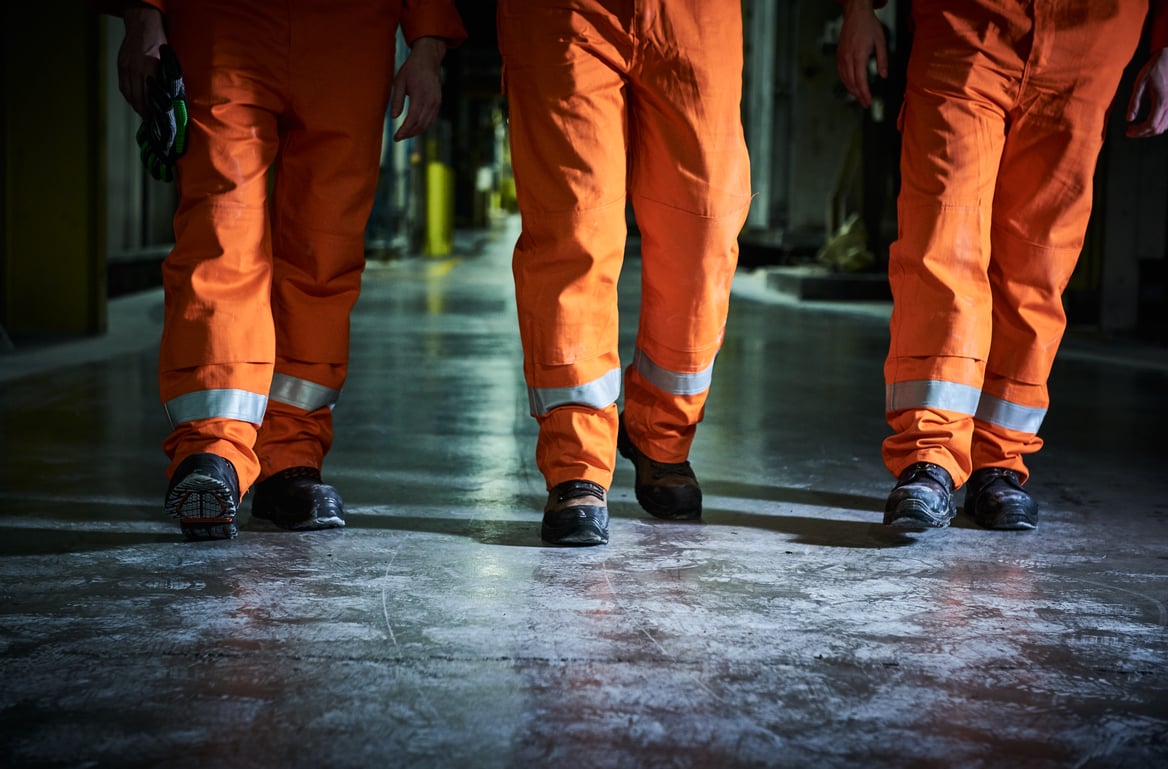
And ‘unsafe’ actions don't necessarily mean workers having a negligent or irresponsible attitude to safety – much of the time it’s down to inexperience and a lack of knowledge or preparation in terms of what safety PPE is needed - such as the correct protection and slip-resistance in footwear, as well as not knowing the full implications or consequences a potential accident could have. Many employers in safety-critical industries have even stated that some members of their workforce don't take correct safety precautions because they think accidents are inevitable and simply ‘part of the job.’
But with the right protection and a full knowledge and respect for workplace hazards, these accidents don’t need to be ‘just part of the job.’ Let’s get started with the worst offender...
FOCUS ON:
SLIPS – STILL THE NO.1 CAUSE OF ACCIDENTS AND INJURIES AT WORK
According to HSE statistics, slips and trips are the most common cause of major workplace injuries.
Safety stop: did you know?
- 95% of major slips result in broken bones
- 20% of over-3-day injuries to employees come from slips
- Slips cause more injuries in manufacturing than any other accident
But simple, quick and cost-effective measures can reduce these accidents - and without doubt, the simplest, quickest and most cost-effective way to stop slips in the workplace is to take the risks seriously to control the controllables. In this case, having a full understanding of the right slip-resistance you need from your sole based on the surface and contaminants of your workplace.
Another reason to take safety seriously is the affect it has on the people you work with and work for.
WORKPLACE INJURIES AND LOST WORKING DAYS
Being safe at work isn’t just about avoiding injury and discomfort – it's about staying safe and healthy to avoid absence and being a dependable employee.
Safety stop: did you know?
According to the HSE:
- In 2020/21, of the 441,000 non-fatal injuries sustained at work, 23% resulted in over-7-days absence from work
- Slip accidents alone cost employers well over £500 million per year through lost production and related costs
- The treatment of these thousands of accidents costs the NHS £133 million per year
The key point here is that an injury at work doesn’t just affect you – it places an additional burden on our health care system, and it negatively impacts your company because it reduces your productivity. In short, an accident doesn’t just affect the victim – its consequences are far wider reaching.
A shared responsibility
If you’re heading into an industry where safety and personal protection is crucial, you might be asking where your employer comes into all this. And while it’s true that employers have responsibilities to take measures to prevent workplace accidents, you have a similar responsibility to protect yourself with the right safety knowledge and attitude.
THE POSITIVE SAFETY TRENDS
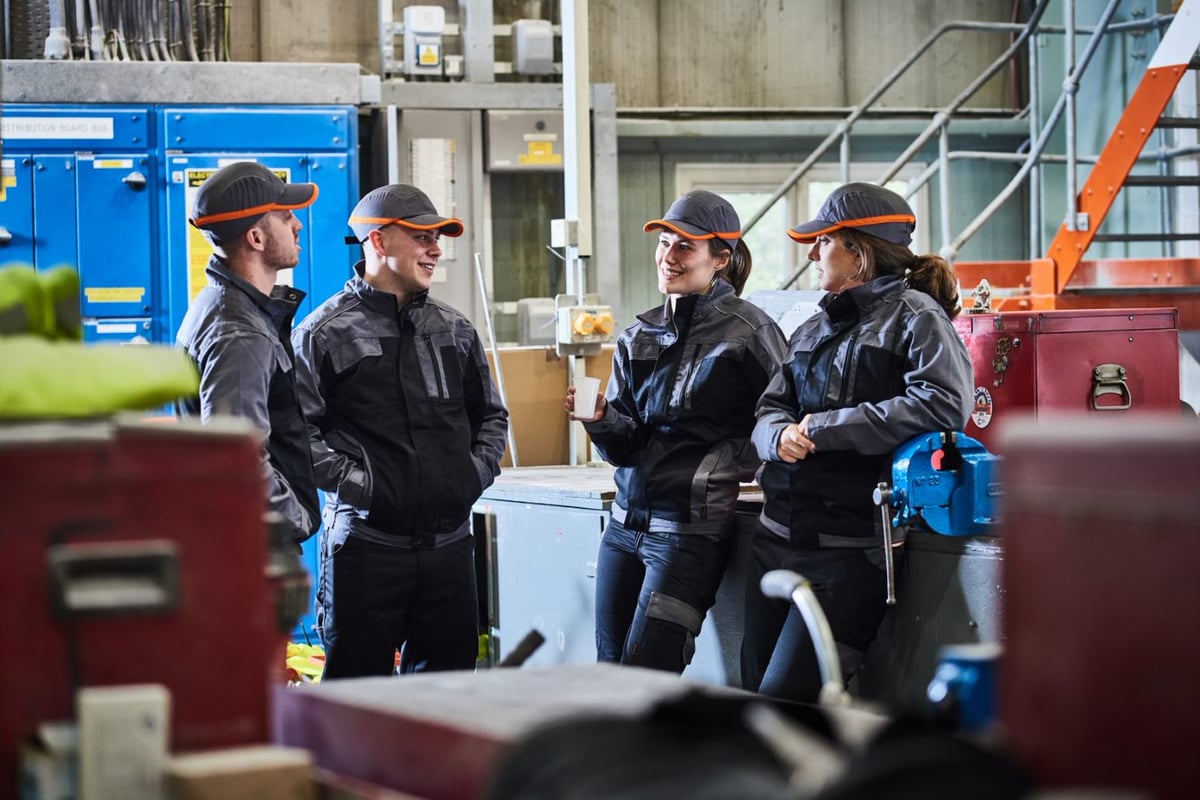
On the subject of safety in the workplace, there are plenty of positives - particularly for young people about to enter sectors where safety is paramount. Improvements in health and safety are happening all the time: as technology develops, companies can protect their staff with better PPE solutions, and safety innovators are using science to further our understanding of why accidents occur and what we can implement to reduce them.
Furthermore, while the HSE statistics at the beginning of this piece are still a concern, safety in the UK is in a comparatively good state. In 2018, the UK standardised accident rate of 0.61 per 100,000 employees was amongst the lowest of all European countries. Also, as the graph from HSE's 'Health and safety at work summary statistics for Great Britain 2021' shows below, while there are still too many accidents occurring at work, self-reported non-fatal accidents are reducing, which is another encouraging sign.
A SAFETY FOOTWEAR GUIDE TO GET YOU STARTED
So staying safe and reducing accidents if you're about to enter a potentially challenging or demanding industry is all about 2 things - the right safety attitude, and the right safety gear. The first one's down to you, but for the second, our guide below shows the types of safety footwear features on the market, and how they could help protect you at the start of your journey.
SAFETY FEATURE |
PROTECTS: |
in WHICH INDUSTRY? |
|
TOECAP
|
Your toes from being crushed or impacted by heavy or falling objects. (For a boot to be 'safety footwear,' it must feature a toecap) |
Any role with a safety element eg:
|
|
MIDSOLE
|
Your feet from being pierced by sharp objects entering from underfoot such as nails or screws. |
Any industry where there are sharp objects on the ground eg:
|
|
WATERPROOF FOOTWEAR
|
The feet from the uncomfortable and sometimes harmful effects of water exposure. |
Any role featuring prolonged water exposure eg:
|
|
SLIP-RESISTANT FOOTWEAR
|
Your whole body by reducing the chances of slipping and falling. |
Any role featuring surfaces made slippery by oil and rain eg:
|
|
METATARSAL GUARD
|
Your metatarsals - the long bones connecting your toes to the ankles - from being crushed or hit. |
Any role featuring falling or rolling objects eg:
|
Want more detailed information on choosing the right safety boot? Check out our blog below.

